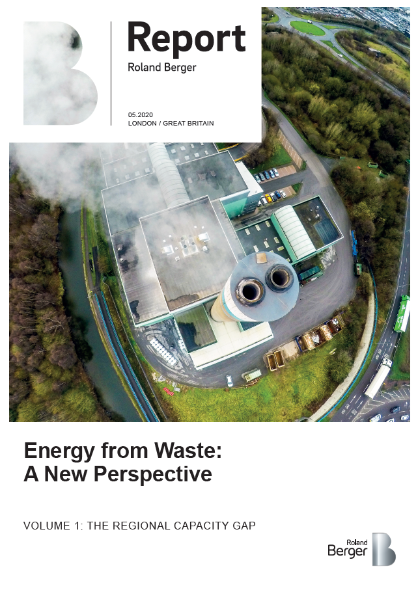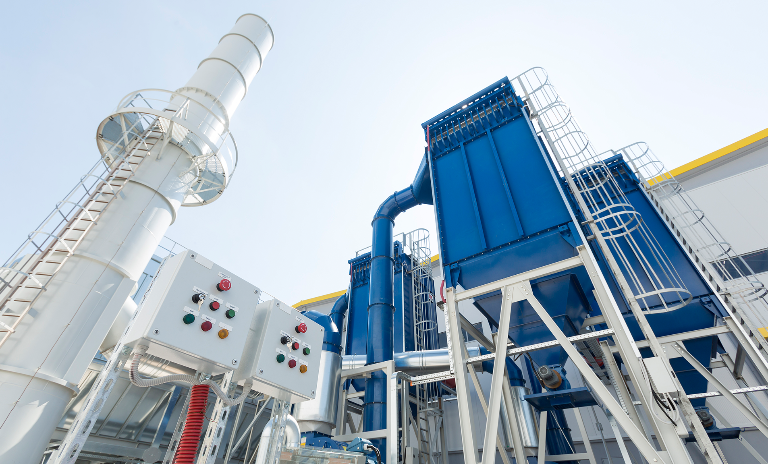Energy from Waste: A New Perspective
![{[downloads[language].preview]}](https://www.rolandberger.com/publications/publication_image/Screenshot-Study_download_preview.png)
How the imbalance between residual waste and Energy from Waste (EfW) infrastructure has resulted in a significant EfW capacity gap in England.


The UK's constituent nations, especially England, have lagged their prominent European Union (EU) peers in achieving certain waste management targets set by the EU. While the UK is widely expected to miss its 2020 household waste recycling target of 50%, it continues to feed its landfills with a high share of its household and commercial & industrial waste. A historical shortage of treatment capacity, especially energy from waste (EfW) infrastructure, has led to this predicament. EfW capacity gap in England for 2019 is estimated at 10 million tonnes, which excludes waste exports. In this three-volume series we provide a new perspective on regional EfW demand-supply dynamics and estimate the EfW capacity gap in England at the county level.

Historically, EfW in England had a tarnished image due to the use of early incinerators as disposal-only facilities. In 2009, the country had only 18 EfW facilities, with a total capacity of c. 4 million tonnes, indicating a serious lack of EfW capacity. The situation, however, started to improve in 2011, when fuelled by renewed policy support and rising investor interest, the country saw an increase in the construction of new incinerators. Many domestic and international investors have since shown strong interest in acquiring some of the largest and most profitable EfW facilities. The sale of Cory Riverside to a consortium led by Dalmore Capital in 2018 and the recent sale of Viridor to KKR are key examples.
In its 'Resources and Waste Strategy for England' of 2018, the government reinforced its commitment to building a circular economy and identified EfW efficiency development as a key policy. We expect continued EfW development in the country, driven by market forces and policy support and a rising investor interest which would drive mergers and acquisitions (M&A) in the sector.
EfW capacity in England is only enough to treat around half of the addressable residual waste in the country.
As investors evaluate the commercial viability of their investments, it is crucial for them to assess the long-term EfW demand-supply dynamics and infrastructure capacity gap. As EfW facilities often have localised catchment areas, any meaningful assessment needs to extend this analysis to the level of the region or the catchment area of the EfW facility in consideration.
In this three-volume series, we address several issues on this topic in stages:
• Volume 1: The regional capacity gap
• Volume 2: The future of residual waste
• Volume 3: The 2035 capacity gap

![{[downloads[language].preview]}](https://www.rolandberger.com/publications/publication_image/Screenshot-Study_download_preview.png)
How the imbalance between residual waste and Energy from Waste (EfW) infrastructure has resulted in a significant EfW capacity gap in England.